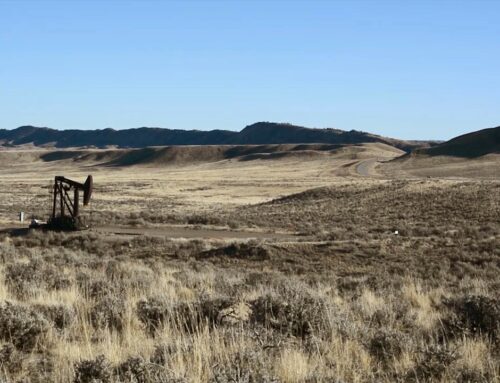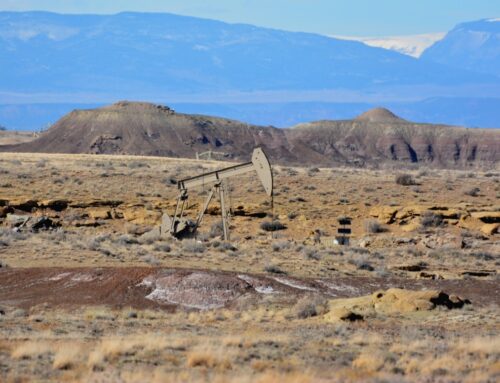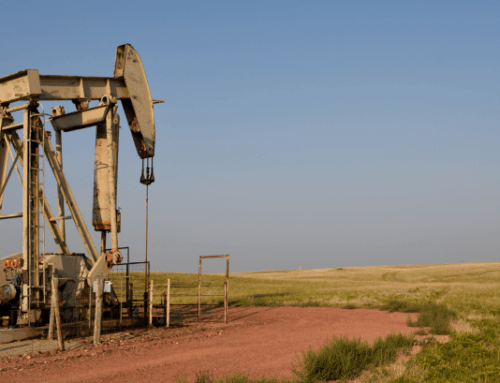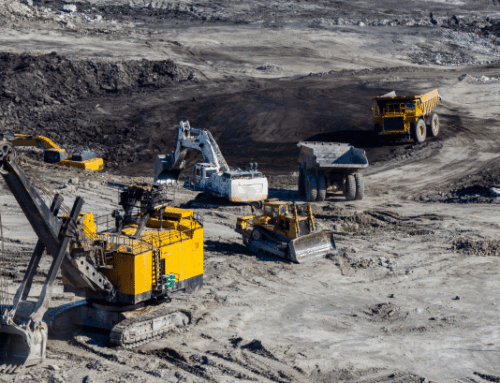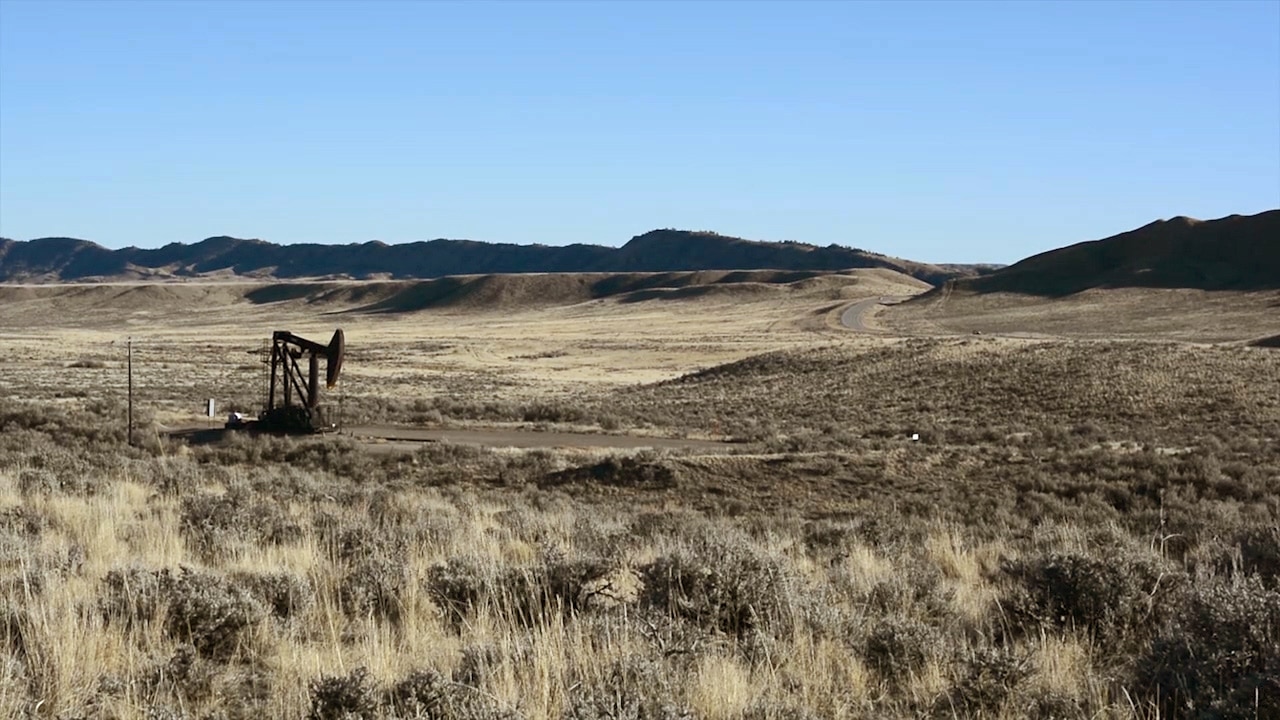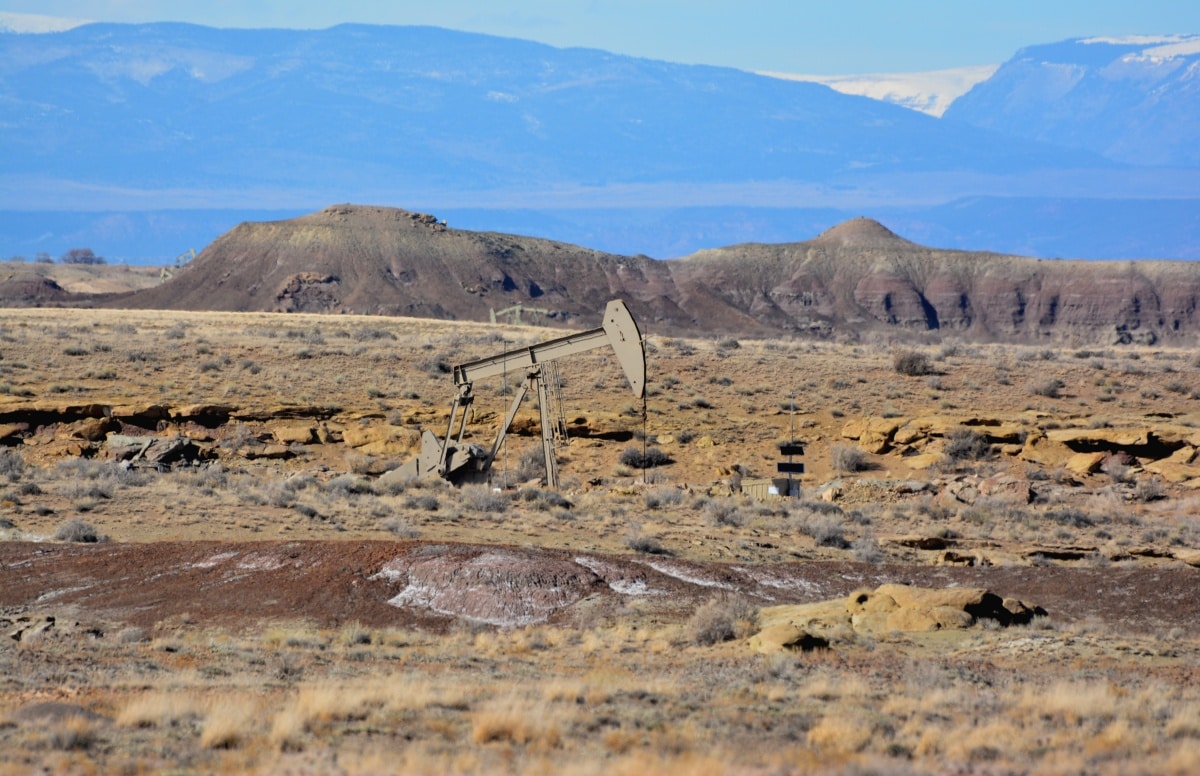The Interior Department (DOI) is doing a lousy job of tracking oil and gas production on federal lands, and it’s costing taxpayers a boatload of money. That’s the bottom line of a Government Accountability Office (GAO) report that came out this week. Hate to say we told you so but we documented this problem way back in 2014.
Revenues produced from oil and gas extracted from federal lands are a big deal. Apart from taxes, royalties paid on these resources are one of the most important sources of revenue the federal government receives. In fiscal year 2015 alone, oil and gas companies produced more than 3.3 trillion cubic feet of natural gas and more than 171 million barrels of oil from federal lands worth nearly $2.2 billion in royalties.
 Two years ago, we studied the data collected by the DOI to see how much natural gas companies were losing while drilling oil and gas wells. We found that the DOI had no reliable way of getting this information. Companies drilling on federal lands file reports estimating how much oil and gas they have produced, lost, and used (companies often use extracted gas to power their equipment). But the system of collecting and aggregating this data was riddled with problems. Indeed, it took several attempts before the agency could produce an estimate of how much gas had been lost or used by drilling companies.
Two years ago, we studied the data collected by the DOI to see how much natural gas companies were losing while drilling oil and gas wells. We found that the DOI had no reliable way of getting this information. Companies drilling on federal lands file reports estimating how much oil and gas they have produced, lost, and used (companies often use extracted gas to power their equipment). But the system of collecting and aggregating this data was riddled with problems. Indeed, it took several attempts before the agency could produce an estimate of how much gas had been lost or used by drilling companies.
Ultimately, our report ended up being as much about data collection at the DOI as it was about the amount of money taxpayers were losing. We urged the department to “establish better public disclosure of production and disposition data reported by drilling operators.” The GAO this week finished its two-year review of how well the DOI accounts for lost gas and, not surprisingly, reached the same conclusion.
The GAO’s report lays out the problem. It found that the DOI “does not provide specific instructions on how to estimate natural gas emissions, which results in operators using varying estimation methods that may be difficult to verify.” The DOI “does not specify which natural gas emissions activities should be reported, resulting in operators not reporting some emissions (e.g., from storage tanks).” As it turns out, the problems run deeper than we thought. Yes, the system for retrieving information about production of these resources stinks but get this: Even the data the DOI is receiving from the field is questionable.
We talk a lot at Taxpayers for Common Sense about the need for government transparency. The reason is obvious: Unless there is solid information about what is actually going on, it is difficult to make good decisions about taxpayer resources. In this case, the DOI is calculating billions of dollars’ worth of royalties from data that is suspect, to say the least. The GAO concluded there was essentially no way to verify what was being reported and that offices in different states were using various ways to calculate amounts of natural gas leaked or flared (burned off) into the atmosphere.
The timing of the most recent report is fitting. The Bureau of Land Management (BLM) within DOI is now updating its rules for charging royalties on natural gas lost during production. During the rulemaking process, the BLM discovered that the amount of natural gas flared from federal and Indian leases had actually doubled from 2009 to 2013. The proposed rule includes new requirements for operators to estimate or measure venting and flaring and to keep records on the cause and duration of any venting; estimates of the quantities of gas released; and the dates of leak inspections and repairs. These are much-needed reforms.
We expect to see what the BLM’s final rule says sometime in the fall, and we will be looking closely at its blueprint for a more reliable system for tracking this information. Without the ability to account for and enforce its own rules, there is no telling how many more billions of dollars’ worth of natural gas will vanish into thin air without the BLM even knowing.

